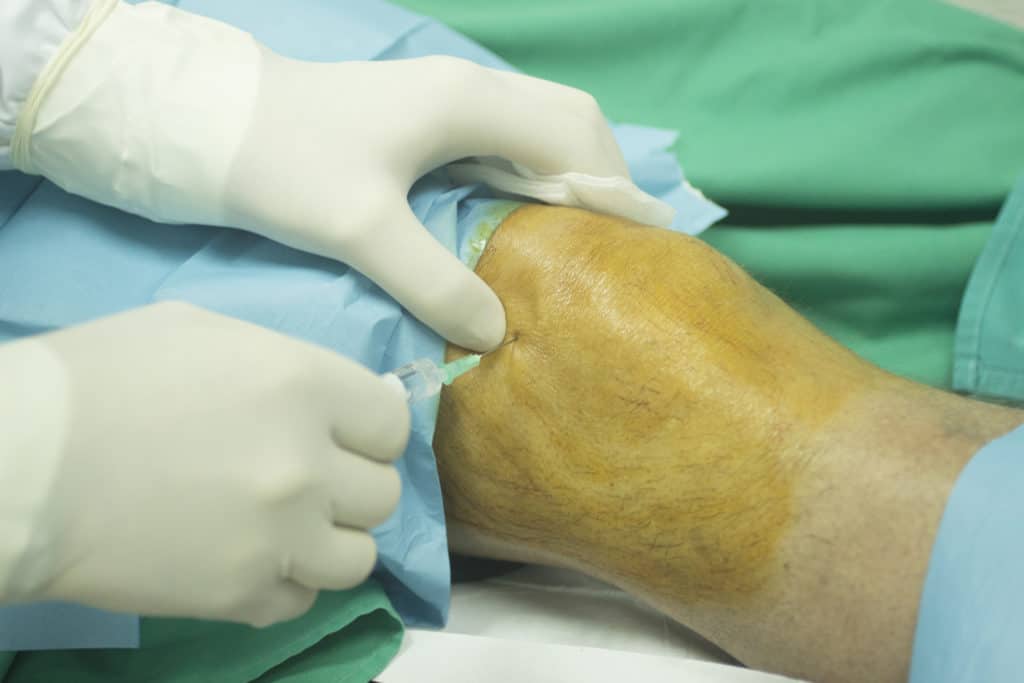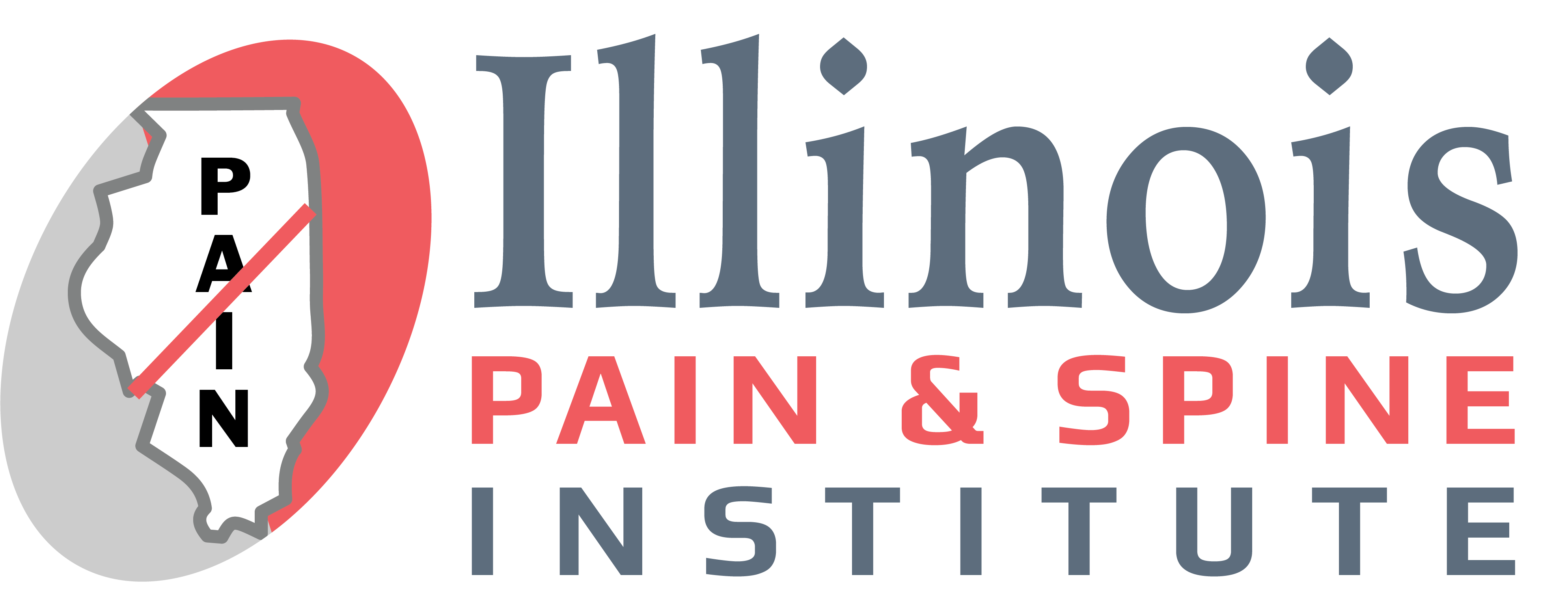12 Mar Joint Injections for Osteoarthritis – Precautions and Efficacy
Osteoarthritis can be a debilitating condition. Osteoarthritis can emerge as a natural result of the aging process, and it can also be aggravated by certain injuries, repetitive motion, or wear-and-tear.
Osteoarthritis can impair a patient’s quality of life. Unfortunately, the condition has historically been difficult to treat. More recently, pain management doctors Illinois have been offering joint injections as a minimally invasive treatment for osteoarthritis.
While many people report positive results from this form of treatment, there are also a number of precautions to be aware of.

How Do Joint Injections Work for Osteoarthritis?
Joint injections often involve drugs called corticosteroids. Pain management doctors may also utilize anti-inflammatory medications or anesthetics. These drugs are injected directly into the joint where they will provide relief from osteoarthritis symptoms.
This form of treatment is minimally invasive and often provides immediate relief. The relief produced by this form of treatment may last patients for several months.
Receiving a joint injection is simple. Your pain management doctor will identify the problem area, sanitize your skin, and insert the needle into the joint. These procedures generally only take a few minutes.
Receiving injections in joints like your spine or hip is more complex than some other joints. Your doctor may require a bit of extra time to prepare this sort of injection.
In most cases, you’ll experience relief right away. In addition to the steroid medication, doctors generally include anesthetics. These will immediately numb the area, relieving any discomfort while the steroids begin to take effect.
As the anesthetic wears off, the steroids will be in full effect. Relief can last for weeks or months.
Corticosteroid Injection Side Effects
Joint injections are a promising treatment when compared to other treatments involving the use of corticosteroids. When taken orally, corticosteroids are known to cause a number of unwanted side effects, including nausea, eye problems, and osteoporosis.

Fortunately, injecting corticosteroids directly into the joint reduces some of these side effects. That said, there are still some issues that can emerge as a result. The chances of experiencing side effects as a result of a joint injection are significantly lower than the risk of orally-induced side effects. However, the side effects that one may experience can be quite serious.
- In rare cases, some people have experienced fractures as a result of steroid injections.
- Joint injections can irritate the nerves and cause discomfort.
- In very rare cases, corticosteroid injections may actually thin the cartilage that they are intended to repair.
While these side effects are quite uncommon and generally not extremely serious, it’s still something that should be considered prior to seek joint injection treatment for osteoarthritis. Side effects are more likely to occur in people who have infections in the joints they’re trying to treat.
Conclusion
Joint injections are a fantastic, non-invasive form of treatment for people struggling with osteoarthritis. That said, it’s still possible for these treatments to cause some side effects. These side effects are quite uncommon and generally not serious, but they should still be considered.

